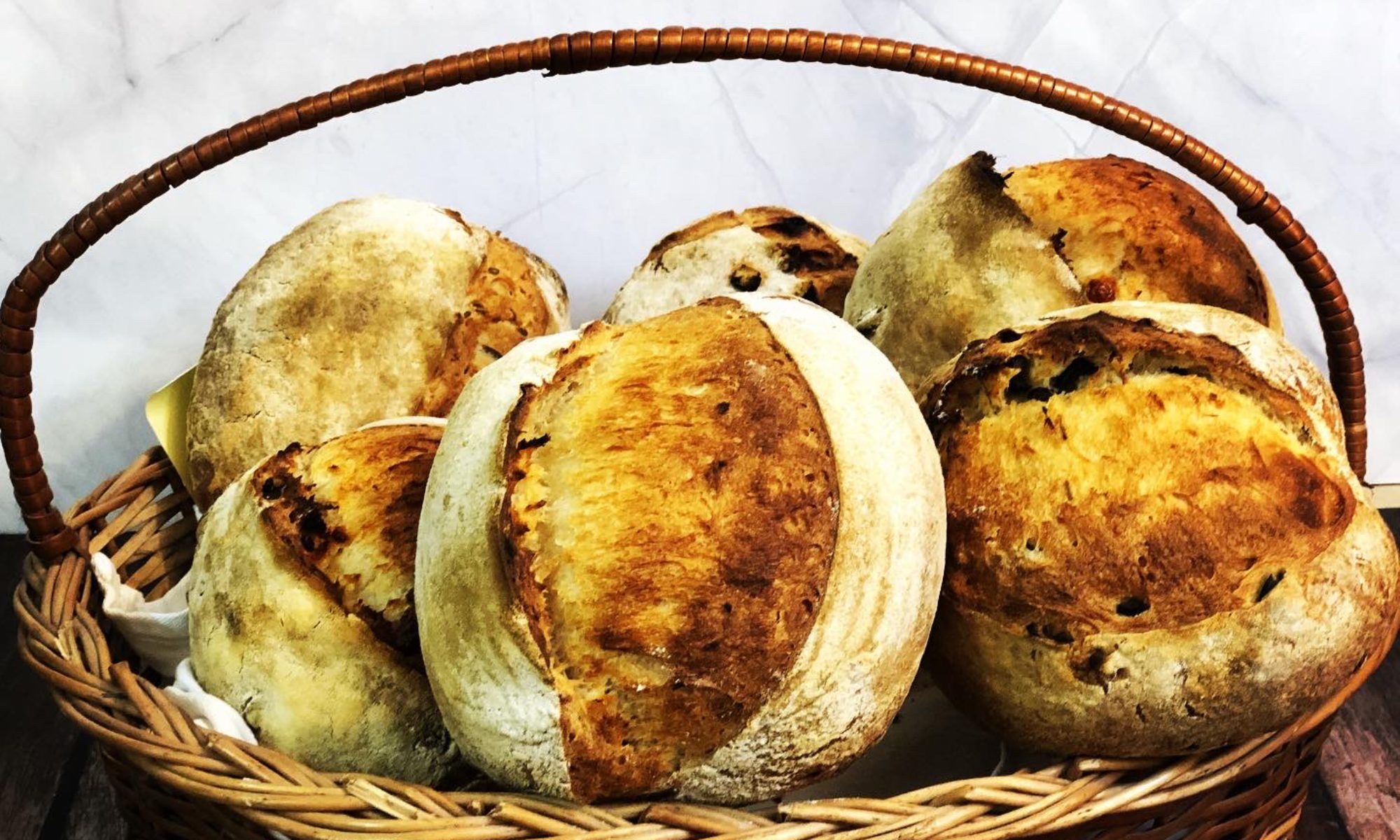It is the sour that makes you appreciate the sweet, isn’t it? All citrus fruits are naturally occurring sour agents. There are many other sour agents like tamarind, berries etc. But here I am going to talk about the most popular sour agent used in food industry both for the flavour, pickling and as a preservative. Yes you guessed it right! I am talking about the vinegar.
Vinegar is made by the fermentation of ethanol alcohol and is made by fermenting wine, champagne, grain alcohol, cider or beer. Vinegar is essentially acetic acid in varying percentages. Vinegars are key ingredients in the culinary world. Their primary use is to balance the flavours due to their acidic tartness. This enhances the flavour of the dish immensely. Thats why they are used a lot in salad dressings. They are good preservatives and used for pickling. They are used with baking soda to start a chemical reaction in a cake batter and make it light and fluffy. They can be also used to tenderise the meat and are often used in marinades. They are also said to be good in aiding weight loss.
There are a variety of vinegars, however, I am going to mention only the most popular ones that are often used in the kitchen.
- White vinegar – This is the most commonly available vinegar and clear is the look of it. It is pretty harsh in flavour and is used in pickles and salad dressings. It is generally made from sugarcane. It could contain about 5-20% acetic acid.
- Apple Cider Vinegar – Also called ACV, this vinegar with fruity notes is one of my favourites in the kitchen. It is produced from the apple cider. It is mildly acidic and gentle in flavour and does not over power any dish. It is said to aid weight loss and is popular with the nutritionists as well. It can be used in marinations as well as salad dressings. It is said to have about 5 -6 % acetic acid.
- White Wine vinegar – White wine vinegar is made by fermenting white wine and is not as sharp as its red counter part and comes in lesser flavours. It generally has the acidity of 6%. It is used in vinaigrettes and dishes with chicken, fish or pale coloured vegetables. It is good to go with butter based sauces such as béarnaise and hollandaise. Its most important advantage over red wine vinegar is that it is colourless and does not impart any colour to the dish.
- Red Wine vinegar – This is made by fermenting red wine and comes in a variety of flavours due to the diversity of red wines available. It is generally used with dishes made from beef, pork and vegetables where colouration due to red wine vinegar doesn’t matter. It is also said to have 6% acidity.
- Champagne vinegar – It is made by fermentation of champagne and hence the name. It has a tang and mild flavour. It is generally used to finish sauces and to make vinaigrettes. It has uses similar to the white wine vinegar.
- Sherry vinegar – It is made from sherry, a fortified wine made in Spain and has at least 7% acidity. It is dark in colour and is aged and hence has complex flavour. It is fruity and has slightly sweetish taste. It is used to deglaze pans, add glaze on meats like chicken, duck etc and in vinaigrettes of course.
- Balsamic vinegar – Aceto balsamico as it is formally known as is dark, concentrated and intensely flavoured vinegar from Italy. It is used for dressings as well as in cooking meats, sea food and vegetables. It is good with fruits like strawberry and pear as well. It is the most expensive one due to maturing and is sweeter as compared with other vinegars. It has about 6% acidity.
- Rice vinegar – It is made from fermented rice in the regions of China, Japan, Korea and Vietnam and hence more commonly used in the cuisines there. It is generally less acidic as compared to other vinegars at about 4-4.2 % acidity. It is used to make sushi rice, for pickling, in marinades and stir fries, in cocktails, sauces and salad dressings.
As you can see, there is a plethora of vinegars out there and I have covered only the important ones. Having said that if you do not have one it can be easily replaced by the other one. You just need to balance the flavours of sweetness to sourness. White wine vinegar and champagne vinegar can replace each other. Red wine vinegar, sherry vinegar and balsamic vinegar can replace each other. Apple cider vinegar can replace most of the vinegars especially the white ones. However, each one of them has a unique flavour especially the balsamic and the sherry vinegars and they are good to have in the pantry.
The shelf life of vinegars is great. Hence, why not load up your pantry with at least the important vinegars and make life a perfect balance of sweet and sour!





Good article Rupali. Very informative. Thanks for sharing it. 👍
Thanks Manisha
Thank you!
Good info…👍
Thank you